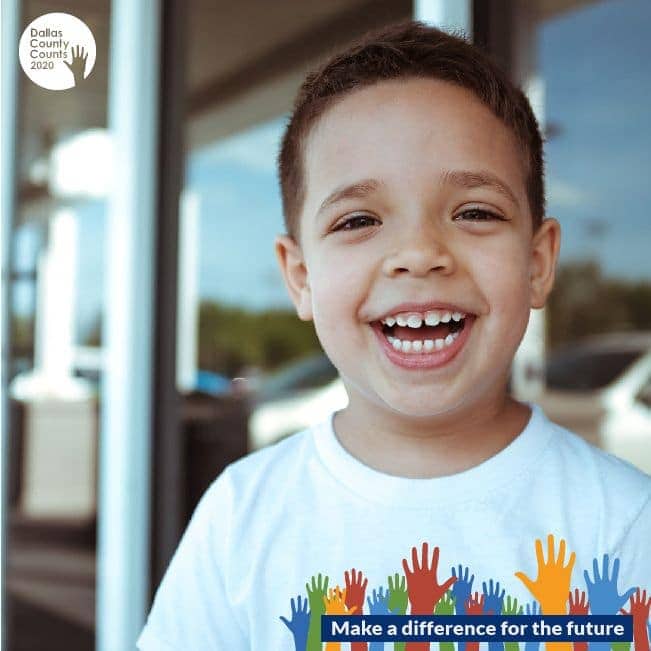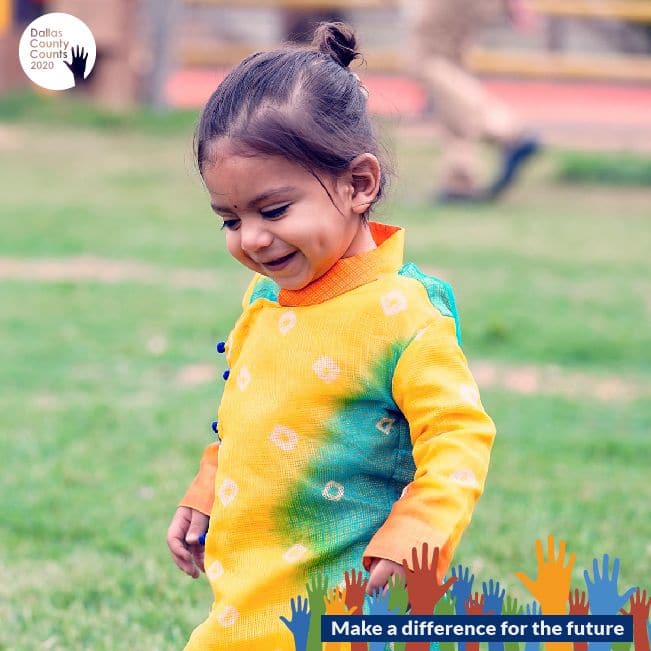Counting children in the 2020 Census means more resources are available for their families and communities. Over one million children were not included in the 2010 Census count. This discrepancy meant their communities received fewer resources for social support programs, education, and other services impacting children.
“Being counted in the 2020 Census is about building for the future, making sure that our families and our communities will have access to the funds and resources they need to prosper,” said Sophia Johnson, President, ABI. “We are urging adults not to forget those babies who were born in the past year or the toddlers who are running around the house. Everyone living in the household should be counted regardless of age.”
Allocation of funds for these programs is decided by the Census population count every decade. Programs include new school construction, free and reduced lunch and breakfast, Head Start, and special education. Foster care, Medicaid, Children’s Health Insurance Program, plus childcare and housing assistance are also available.
Filling out the 2020 Census is easier than ever, with options in more languages. Households have several ways to complete the short and simple form: online, by phone, or by mail. It only takes 10 minutes to ensure that everyone in the household, including young children, are counted.
Counting Children Is Important
Children, especially those with complex living arrangements, are often at risk of not being counted in the 2020 Census. These include children living with adults who are not their parents, with multiple families under one roof, or dividing their time between divorced parents. About 40% of all young children fell under the complex-household category in the 2010 census.
Counting children among blacks and Latinos is sometimes more difficult, experts say, because these communities are traditionally hard to count. The children are also more likely to live in blended and multi-generational families.
All children should ideally be counted in the home where they live and sleep most of the time. This holds true even if their parents don’t live there. If their time is evenly divided, they should be counted in the home the children stay most often, or where they were staying on April 1, 2020.
Completion deadline for the 2020 Census has been extended to October 31. For more information about the census and how to be counted, visit 2020census.gov.











